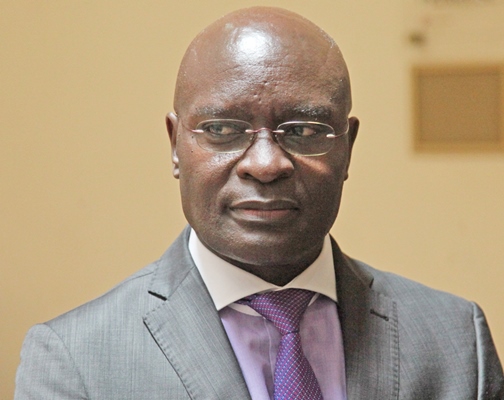The results of the 2016 Uganda Population HIV Assessment (UPHIA) has indicated that the National HIV prevalence among adults has declined by 1.3 percent from 7.3% recorded in 2011 to 6% recorded in the 2016 study.
While releasing results of the UPHIA 2016 study in Kampala, the Minister for Health Dr. Jane Ruth Acheng attributed the decline to concerted efforts by Uganda’s development partners particularly the United States under its President’s Emergency Plan for Aids Relief (PEPFAR) that is funding the provision of free ARVs to the population.
Although the proportion of women infected with the disease is higher compared to that of men, it has nonetheless declined over the past five years from 8.3% to 7.5%. The proportion of men with the disease is currently estimated to be 4.3% compared to 6.1% in 2011.
The ministry of health said in a statement that: “These declines in HIV prevalence may be due to a decreasing number of new infections in recent years due to the impact of the intensified HIV prevention and treatment services in the country.”
HIV prevalence is lowest among children under 14 years at 0.5%. This is attributed to sustained efforts by Uganda’s development partners especially the US government that has provided ARV treatment to all children and pregnant mothers over the past couple of years.
HIV prevalence is however highest at 14% among men aged 45-49 years. The worrying levels are attributed to men’s unwillingness to go for testing, which is considered a first crucial step to managing the disease including receiving treatment.
Based on the survey results, the total number of adults and children of all ages living with HIV in Uganda is estimated to be approximately 1.3 million.
The Manager of the Aids Control Programme in the Ministry of Health Dr. Joshua Musinguzi says that donor support particularly from the US government and the Global Fund has helped to ensure that 1,024,000 people are currently receiving treatment.
The USAID through PEPFAR last year launched Test and Treat campaign that guarantees ARV treatment for whoever tests positive no matter the level of their viral load.
But Musinguzi and the U.S Ambassador to Uganda Deborah Malac warned against complacence among the general public by ensuring that everyone goes for regular tests, but also practice safer sex behaviors. Experts also rooted for male circumcision as yet another effective HIV prevention tool as well as ante-natal visits for pregnant women.
Regular ante-natal visits have helped to ensure that HIV+ women are able to deliver HIV free babies thanks to ARVs as well as the fact that a women delivers in the care of skilled medical workers.
At the regional level, HIV prevalence stands as follows
South Western – 7.7%
Central 1 (Greater Masaka) – 7.6%
Central 2 (Greater
Mubende Luwero, Mukono) – 7.4%
Kampala – 6.6%
Mid-West – 5.5%
Busoga region – 4..4%
North Eastern – 3.4%
West Nile – 2.8%
The ministry says that the 2011 regional figures are similar to findings from the 2011 survey.








